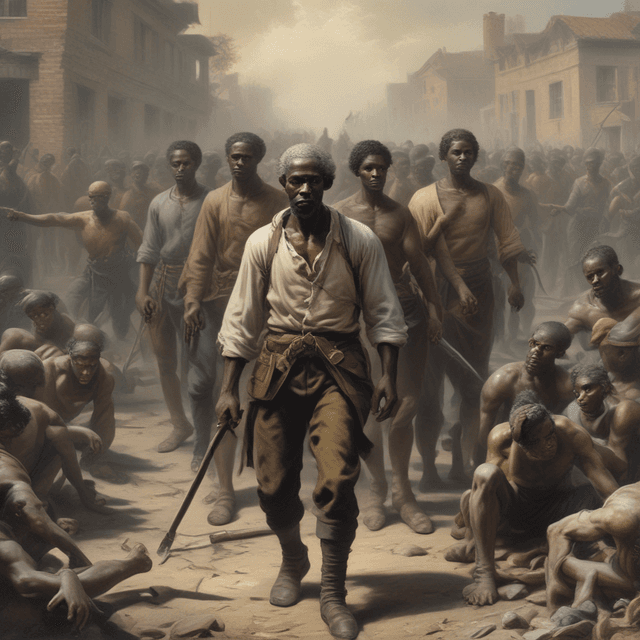
| Factors | Ethnic and racial ideologies often played a role, but not exclusively defined by race |
| Origins | Predating the earliest civilizations |
| Practiced | Across the world for millennia |
| Characteristics | Took on different forms and justifications in different regions |
| Lasting Impacts | The impacts of this enduring system are still felt today |
| Role in Economy | Fundamental part of the global economy well into the 19th century |
| Abolition Attempts | Repeated attempts at abolition and emancipation met fierce resistance |
Slavery, the condition of being legally owned by another and compelled to labor, has been a ubiquitous facet of human society throughout recorded history. While the specific forms and justifications of slavery have varied across time and place, it has existed in some capacity in nearly every major civilization, from the ancient empires of Mesopotamia and Egypt to the colonial powers of the modern era.
The earliest known records of slavery date back to the 3rd millennium BCE in the ancient civilizations of Mesopotamia and Egypt, where captives of war, debtors, and the impoverished were forced into lifelong servitude. Slavery was integral to the economic foundations of these early empires, providing labor for agriculture, construction, mining, and domestic work.
As these ancient societies interacted and traded, the institution of slavery spread across the Afro-Eurasian landmass, taking hold in Ancient Greece, Ancient Rome, Persia, China, India, and the African civilizations. While the specific legal and social status of slaves varied greatly, they were universally considered the property of their owners with no rights of their own.
Over the centuries, slavery took on many different guises beyond outright ownership, including:
While these diverse systems of servitude were not technically "slavery" in the strictest sense, they shared many of the same dehumanizing features and economic motivations.
In some regions, particularly the European colonies in the Americas, slavery became closely intertwined with emerging racial ideologies that cast certain ethnic and cultural groups as inherently inferior. This was used to justify the large-scale Atlantic slave trade and the brutal plantation economies of the Caribbean and Brazil.
However, slavery was not universally defined by race in this timeline. Slaves throughout history have come from diverse backgrounds, including captives from rival tribes and kingdoms, prisoners of war, and the economically destitute. Racial categories and hierarchies shifted across time and place, with some systems of servitude being more explicitly racialized than others.
Slavery was a major driver of economic growth and expansion, providing cheap and coerced labor that fueled the development of industries ranging from agriculture and mining to manufacturing and transportation. The trans-Atlantic slave trade alone generated immense wealth for Europe and North America, financing the Industrial Revolution and the colonial empires.
However, the reliance on slave labor also stunted technological innovation, as plantation owners and extractive industries had little incentive to invest in labor-saving devices. The economic distortions and social instability caused by slavery ultimately hindered long-term economic development in many regions.
Throughout history, there have been countless revolts, rebellions, and movements to abolish slavery, often at great human cost. Famous examples include the Servile Wars in Ancient Rome, the Haitian Revolution, the American Civil War, and the Indian Independence Movement.
While these struggles for freedom chipped away at the institution, outright abolition of slavery remained elusive until the late 19th century. Even then, new forms of coerced labor persisted in many parts of the world, and the legacies of slavery continued to shape economic and social structures.
The long and complex history of slavery has left an indelible mark on the modern world. The vast wealth generated by forced labor enabled the rise of global empires, the development of capitalism, and the dramatic technological advances of the Industrial Revolution. At the same time, the dehumanization, exploitation, and trauma inflicted on enslaved populations continue to manifest in pervasive social, economic, and political inequities.
Grappling with this legacy remains an ongoing challenge, as societies reckon with the foundational role that various forms of servitude and bondage played in shaping the modern global order. Calls for reparations, reconciliation, and the dismantling of lingering systems of oppression remain at the forefront of social justice movements worldwide.